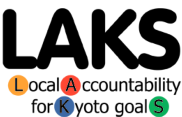


ENGLISH
ITALIANO
ESPAÑOL
POLSKI

1.2 The International Emissions Analysis Protocol for Local Government
Cities and municipalities all over the world are now responsible for more than 50% of all GHG emissions and local governments. Local governments have become a key focus area for greenhouse gas (GHG) mitigation and management. A need for common conventions and standardised approaches to quantifying GHG emissions led to the development of the International Local Government GHG Emissions Analysis Protocol (IEAP).
The principles and philosophies used in the development of inventories needed to be aligned with international standards, and this International LG Protocol was specifically developed to address these principles and philosophies with a particular focus on the requirements of local governments and the emissions produced by communities. The experience gained by ICLEI – Local Governments for Sustainability since the inception of the Cities for Climate Protection Campaign in 1993, was used to develop this international emissions analysis protocol.
The IEAP document was extensively peer-reviewed by using the expertise and experience of a worldwide network of peer organizations plus comments from ICLEI’s worldwide membership of over 1,000 local governments. Peer organizations around the world who reviewed this protocol included United Nations Environment Program, World Resources Institute, International Energy Agency, California Climate Action Registry, Federation of Canadian Municipalities and the Center for Neighborhood Technologies.
The protocol is based on international standard documents including:
• ISO 14064 Greenhouse Gases series of standards
• GHG Protocol Initiative Corporate Standard and Project Accounting Protocols
• IPCC 2006 methodological changes
• GRI Public Sector Agency Supplement.
The International Protocol (with text referred to throughout this document) describes the general principles and philosophy that any local government, regardless of location, should adhere to when developing an inventory of GHGs for its internal government operations and for its whole community. The emission sources that should be included in a GHG inventory and the methods used to quantify these sources need to be consistent between local governments. However, these sources and methods are unique when compared to other types of business entity that is developing an inventory.
The protocol is effectively in two parts: the International Protocol is a generic document that addresses issues related to all local governments, and a Country Supplement specifically developed for each country. Under this LAKs Project country supplements are being developed for Italy, Poland and Spain.
Each country supplement describes how the International Protocol is to be implemented in the specific country, and contains specific guidance on acceptable sources of data, nationally acceptable emissions factors for fossil fuels, waste and electricity, and methods for the analysis of sub-national emissions that reflect national requirements. Significant data included in your Country Supplement is extracted from each country’s National Inventory Report as submitted to UNFCCC, and thus should also be compatible with data being used for corporate emissions inventories in your country. Each Country Supplement needs to go through a detailed review process, including review by representatives from appropriate national bodies – so this process may be operating in parallel with your municipality using the tool.
A copy of the latest issue of the Protocol can be downloaded from http://www.iclei.org/ghgprotocol. Country Supplements that have been published or updated will also be linked from that site.